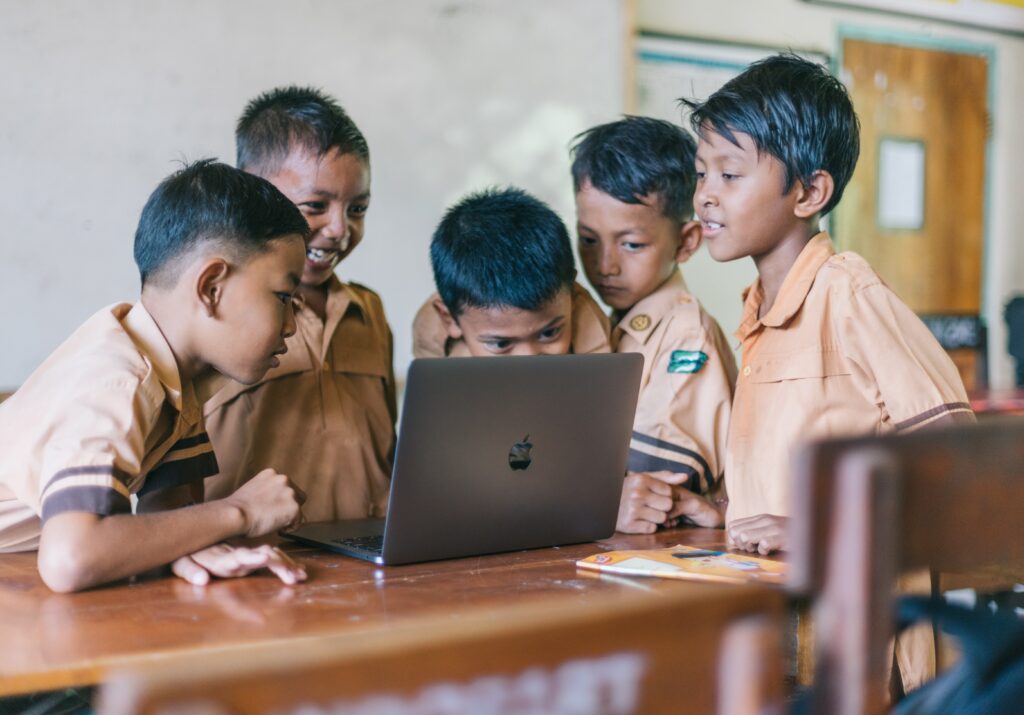This article is part of a series republished via the Council of Business and Society platform.
A University of Chicago study recently estimated 1.6 million children serve cocoa-producing Ivory Coast and Ghana alone. That means children as young as 5 carrying out hazardous weeding and harvesting activities on every other cocoa farm. Beyond that, the International Labor Organization reported as much as 152 million between 5 and 17 were in child labor. 73 million among them work under hazardous conditions. That amounts to close to 1 in 10 children worldwide as of 2016.
Despite decades of responsible procurement reforms, progress is slowing. Child labor remains a daily occurrence across global supply chains linked to leading corporations. With Covid-19 pushing some 100 million into extreme poverty, households are bound to resort to child labor that much more. This likely weighed heavily on the decision to declare 2021 the Year for the Elimination of Child Labor. With the Buenos Aires Declaration, the United Nations outlined concrete actions to end child labor by 2025 and forced labor by 2030. The goal is to improve employment opportunities for young people overall. Prime levers in addressing child labor, social protection, labor markets, legal standards and international regulation are on the table.
We may be at a turning point. In this article, Ksapa looks into reasons for further optimism. Technologies can indeed scale corporate impact on child labor. Indeed, digital transformations provide disruptive solutions to accelerate global action, this time with rapidity, scale and impact.
4 Hotspots for Technologies to Fight Child Labor
Technological advances increasingly make supply chain monitoring for child labor both a comprehensive and competitive proposition. As digital transformations shape automated procurement practices and client interactions, they also challenge procurement managers. To address stakeholder expectations that child labor be banned, businesses must find new solutions to counter their issues of diluted responsibilities and insufficient resources. That is where technology comes in.
The following 4 areas are however all too often insufficiently managed, harboring child labor across all categories:
1. Risk Assessments
Companies rely on social audits to identify and remedy instances of child labor in their supply chains. Buyers, however, need more accurate and granular data. They also need that information at scale, which audits seldom provide. Meanwhile, procurement teams are chronically understaffed and underfunded. By contrast, fighting child labor demands more time to better engage suppliers and more tools to manage the underlying complexities.
2. Transparency
Though most firms have integrated child labor risks extend well beyond their direct operations, or even their Tier-1 suppliers, few enjoy tangible influence beyond that. Supply chain entities similarly lack visibility beyond their immediate relationships, particularly relative to sensitive issues like child labor.
3. Grievance Mechanisms
More than any other type of supply chain worker, children seldom know their rights. Neither do they know what international standard and corporate commitments might regard as illegal labor or hazardous working conditions. They are also not specifically targeted by grievance mechanisms either, nor are they given other means to flag their concerns.
4. Training
Children are similarly least likely to understand safety risks or productivity methods. They often pitch in for their families and are therefore wholly overlooked in corporate safety protocols, training or engagement programs. It is all indeed the more difficult to address child labor, as entire communities must access the know-how and financial means not to employ children.
However encouraging, channeling new technologies costs money. The process is also demanding and time-consuming, particularly as poor data could make or break their activation. There is also inherent complexity to tackling a sensitive issue like child labor across global and fragmented supply chains. Yet there is ample reason for business to optimistically invest in technology’s power to scale impact against child labor.
Promising Technologies to Help Business Fight Child Labor
Granted, rapid technological advances come with a cohort of key surveillance and data privacy concerns. They also imply additional costs in technological equipment and energy consumption for low-income populations. Covid-19 further exposed the global digital divide. Only 55% of households enjoy internet nowadays, a number that falls down to 19% in the least developed countries. As outlined in Ksapa’s Toward 2030 report, technologies nevertheless benefit from a conducive environment overall. This holds true among workers and farmers, where technologies are most needed to scale impact on child labor and improve working conditions.
Big Data and Artificial Intelligence Back Risk Assessments
Materiality assessments allow corporate teams to focus on their most sensitive categories, structure sampling approaches and document child labor. Technology can use these tools faster, better and at scale. AI additionally offers a traceability solution to manage large volumes of potentially sensitive transactions. By embedding contextual data and not just social performance indicators, AI supports more granular risk assessments. Combined with machine learning, it could introduce more predictability to sampling efforts. From there AI could help identify at-risk suppliers for targeted audits and cost-effectively redirect efforts.
Blockchains Nurture Transparency
Through distributed ledgers, procurement teams can document specific supply chains prone to child labor allegations. Various initiatives in the fragrance sector notably seek to directly connect smallholders and buyers. By reducing intermediations, blockchains boost traceability. That way, they contribute to increasing living wages, a prime solution to addressing the root causes of child labor.
Smartphones Supercharge Grievance Mechanisms
Thanks to the massive adoption of smartphones, including in the remotest of areas, companies can distribute online questionnaires to document instances of child labor across their supply chain. This is a cost-effective solution to collect scalable sources of data and build socio-environmental risk profiles. This technology can likewise kickstart corporate grievance mechanisms for workers to flag instances of child labor. Combined with blockchain technology, smartphones could indeed improve the coverage and confidentiality in grievance mechanism management.
Augmented Reality Improves Vocational Training
Supply chain workers generally lack access to vocational training, directly impacting their safety, productivity and income… all top considerations in fighting child labor. A key issue lies in providing topical training in a cost-effective and scalable manner. As such, smartphones mainstream access to training materials. Beyond videos, pictures and slides, AR or VR technologies help dovetail day-to-day field practices. This eases knowledge transfer in very concrete terms.
Conclusion | Scalable Technological Solutions to Fight Child Labor
Harnessing the digital transformation and innovative technologies will no doubt pave the way toward scaling impact on child labor and its root causes on the ground. Big changes are underway and will likely shape progress across global supply chains in years to come. As we consider the means to #BuildBackBetter, ending child labor cannot come soon enough.
Reach out to Ksapa to learn how our team can help you better understand the key factors of child labor. We regularly help businesses strengthen their cross-supply chain risk management systems. This also allows them to anticipate impeding cross-supply due diligence regulation. To that end, we can explore relevant technological solutions such as SUTTI to scale impact against child labor in priority areas and vulnerable segments across your supply chain.
As a sustainability and corporate responsibility consultant, Margaux joined Ksapa with international experience in public, private and non-profit organizations. She had previously worked for the Deloitte and Quantis sustainability consultancies, lobbied for environmental research on behalf of the INRA and contributed to Total’s extra-financial reporting.
A Franco-American citizen, Margaux holds sustainability certifications from the IEMA and Centrale-Supélec on top of a Masters degree in History, Communications, Business and Internal Affairs.
She is fluent in French, English and Spanish.






